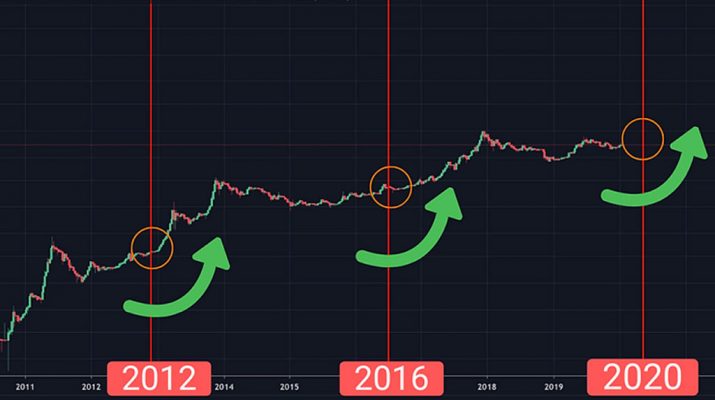Why Bitcoin Halving Is a Trend That Is Here to Stay
The Bitcoin halving is a recurring event in the Bitcoin network that occurs approximately every four years. It is an essential aspect of Bitcoin's design and has far-reaching implications for the cryptocurrency and its users. The halving reduces the rate at which new coins are created and added to the network as rewards for miners, effectively controlling the rate of inflation in the Bitcoin network. The purpose of the halving is to ensure that the number of Bitcoins in circulation will never exceed 21 million, the maximum number of coins that will ever exist.
Before the halving, miners receive a reward of 12.5 Bitcoins for solving complex mathematical problems that verify transactions on the network. However, during the halving, this reward is reduced by half, to 6.25 Bitcoins per block. This reduction in the coin supply has a significant impact on the mining industry, as the reduced rewards can lead to a shift in the balance of power among miners. Some miners may choose to shut down their operations if the reduced rewards are not sufficient to cover their costs, while others may choose to continue mining in the hopes of benefiting from an increase in the price of Bitcoin that may follow the halving.
The halving also has a significant impact on the price of Bitcoin, as it can reduce the coin's inflation rate and increase its scarcity, which can drive up demand for the cryptocurrency. Historically, the price of Bitcoin has seen a significant increase after each halving event, but it is important to note that the effects can vary from halving to halving. For example, the first halving in 2012 was followed by a massive price increase, but the second halving in 2016 was followed by a prolonged bear market. The most recent halving in 2020 was followed by a massive bull run, but it remains to be seen what the future holds.
The Bitcoin halving is also an important event for the wider cryptocurrency industry, as it highlights the unique monetary policy that Bitcoin is built on. Unlike traditional fiat currencies, which can be printed in unlimited quantities, the supply of Bitcoins is capped at 21 million, and the rate of coin creation is designed to slow down over time. This creates a situation where the value of Bitcoin is determined by market forces, rather than by a central authority, which is one of the key features that makes it such a revolutionary technology.
In conclusion, the Bitcoin halving is a crucial event in the life cycle of the world's largest cryptocurrency. It has far-reaching implications for the mining industry, the price of Bitcoin, and the wider cryptocurrency industry. The halving serves to control the rate of inflation in the Bitcoin network, ensure the scarcity of the coin, and provide a unique monetary policy that sets Bitcoin apart from traditional fiat currencies. While the effects of the halving can vary from event to event, it remains a highly anticipated event in the crypto community and a key aspect of the network's design.

